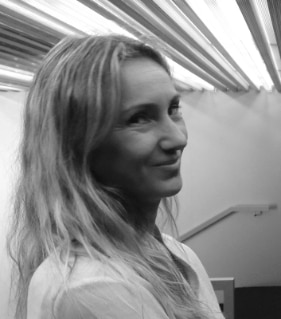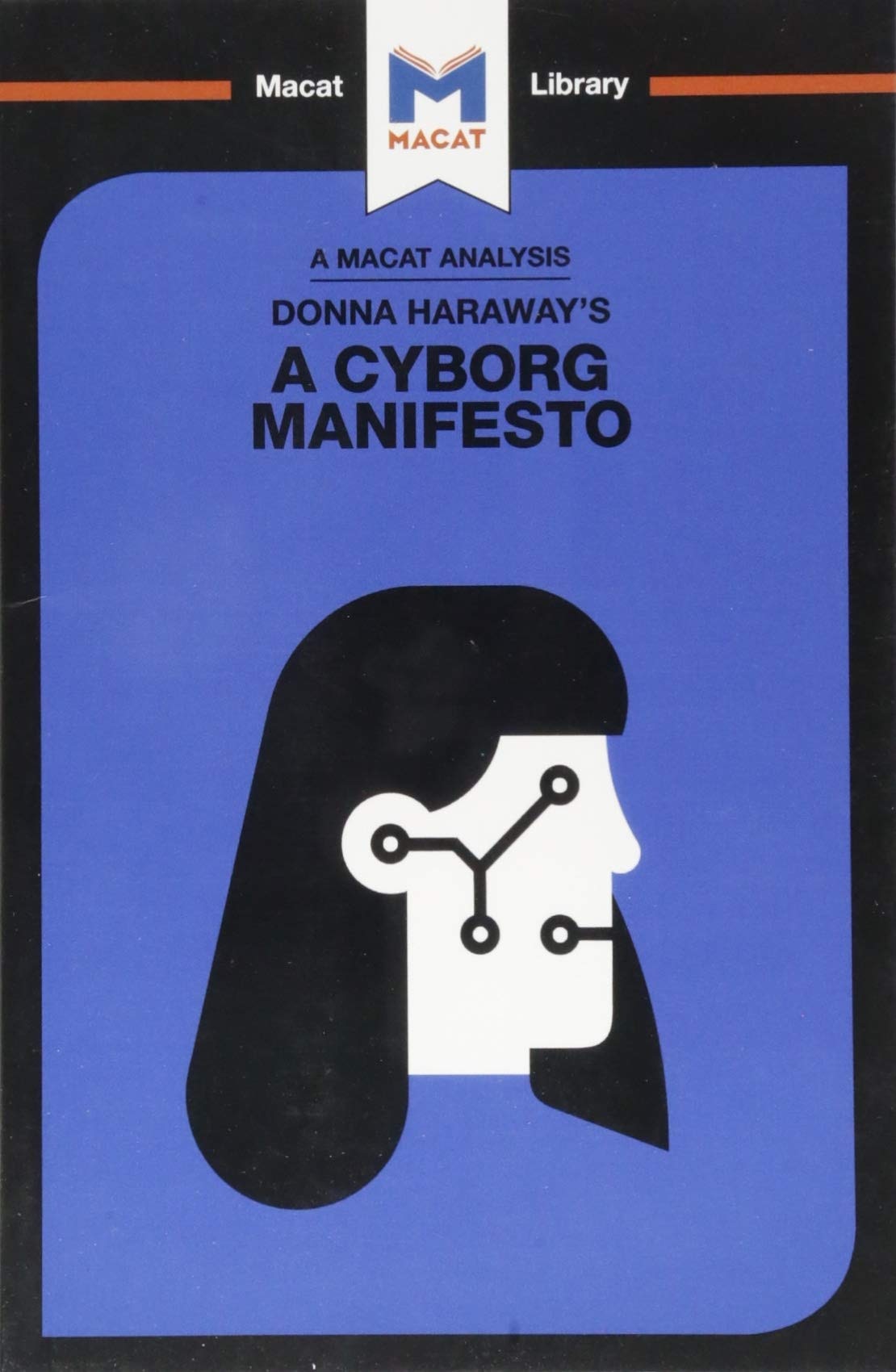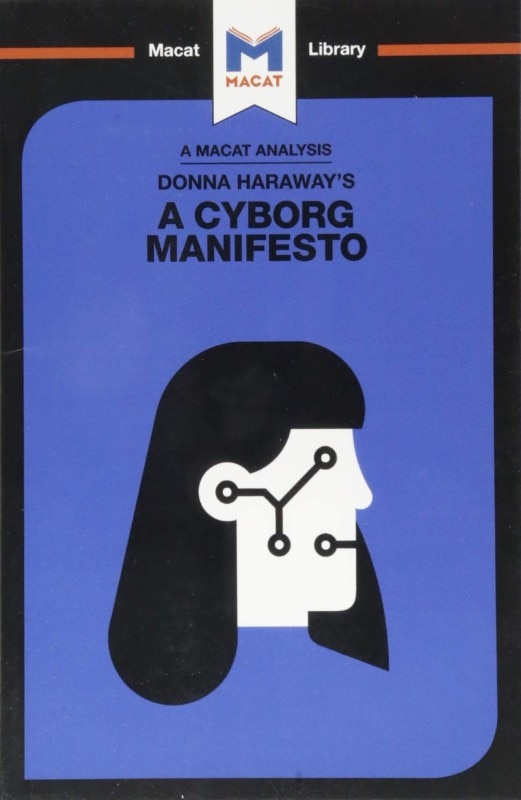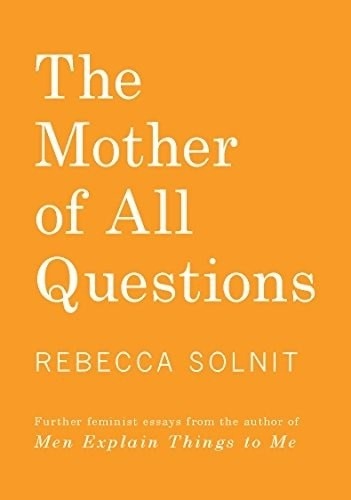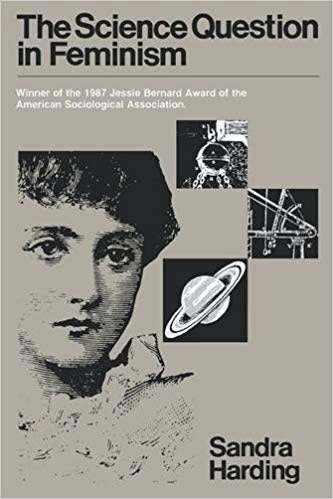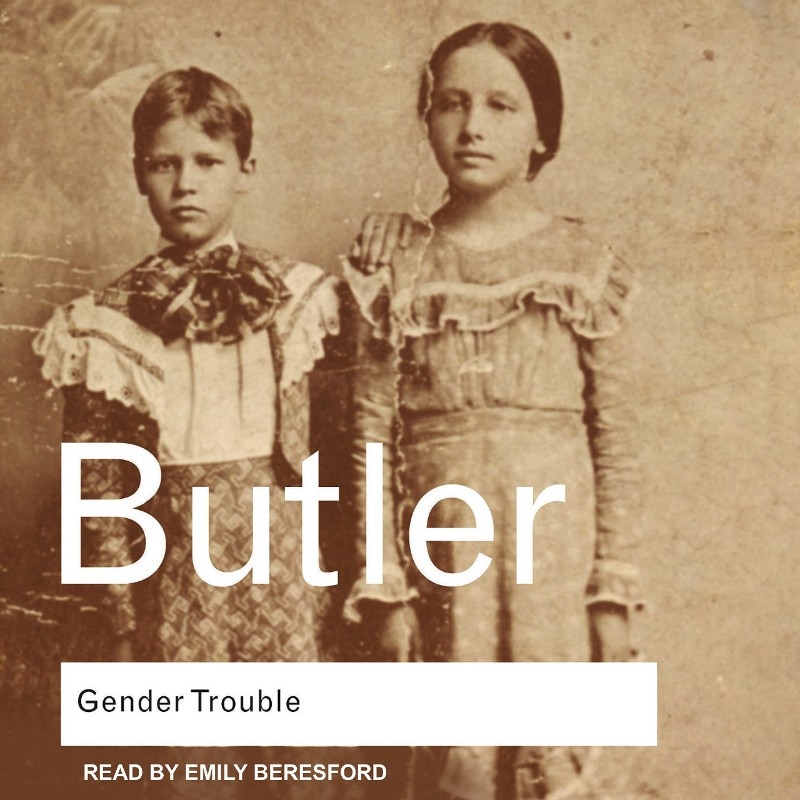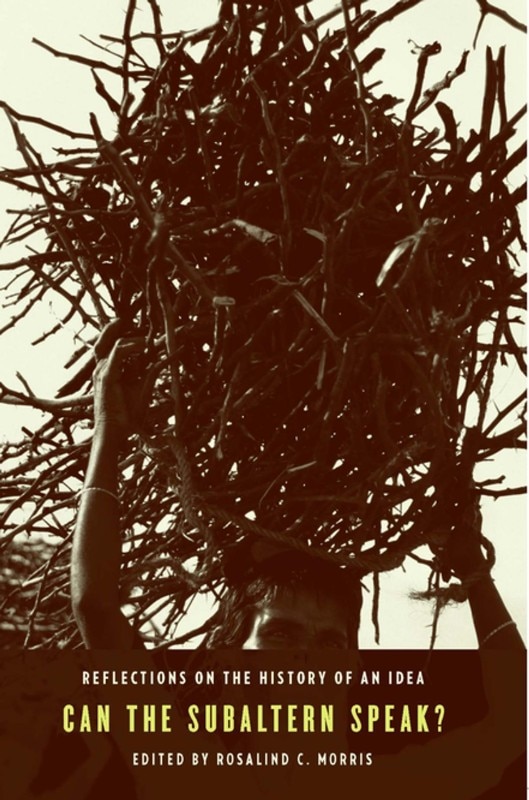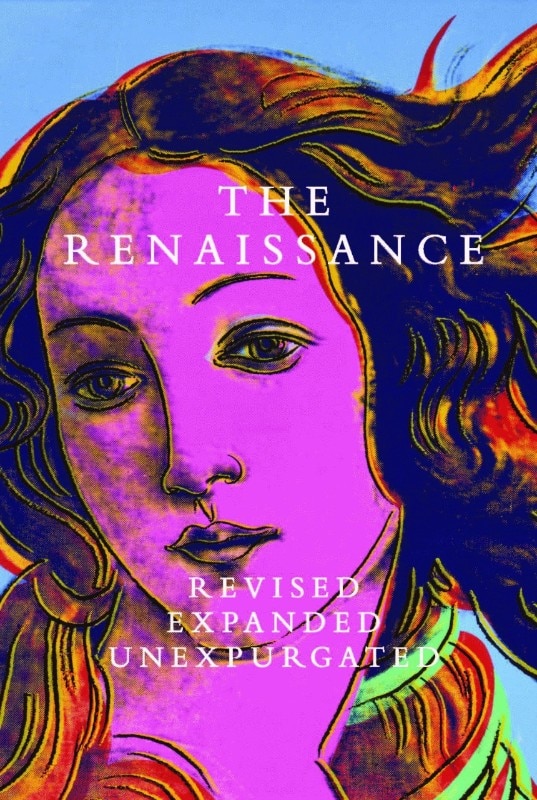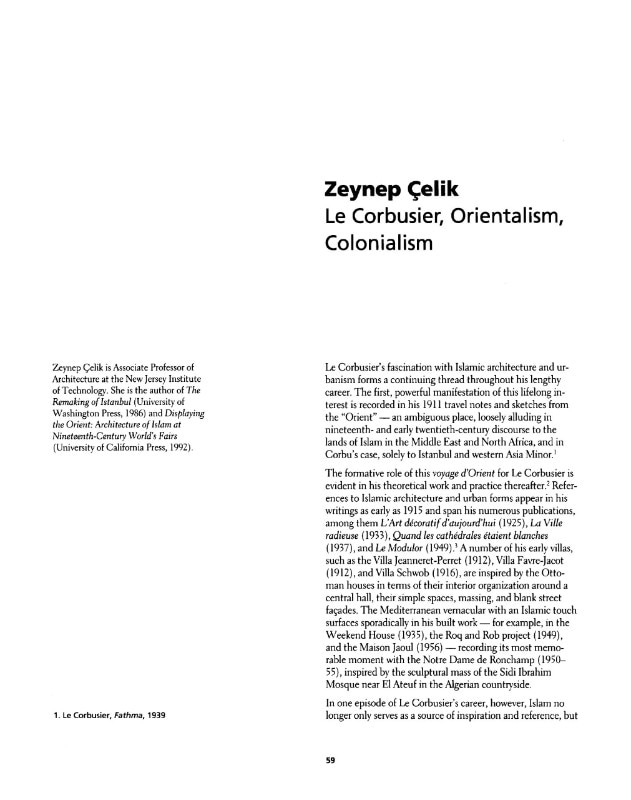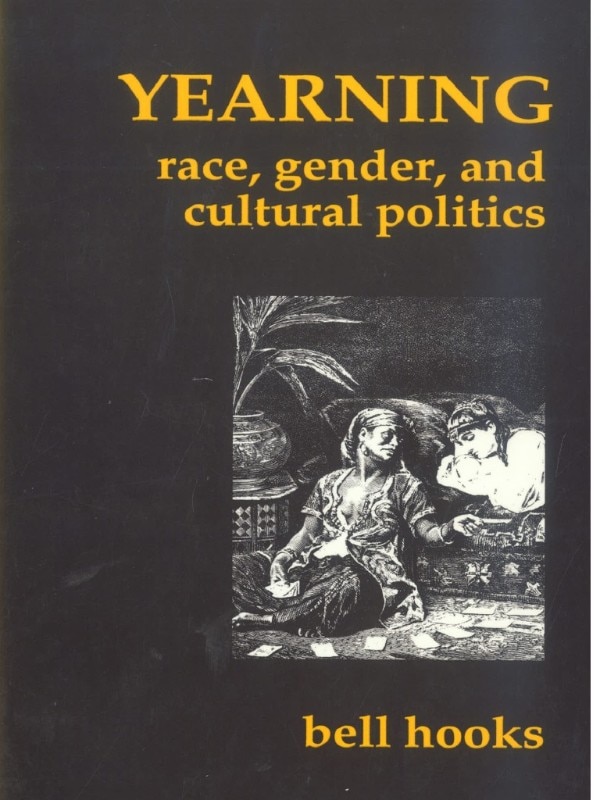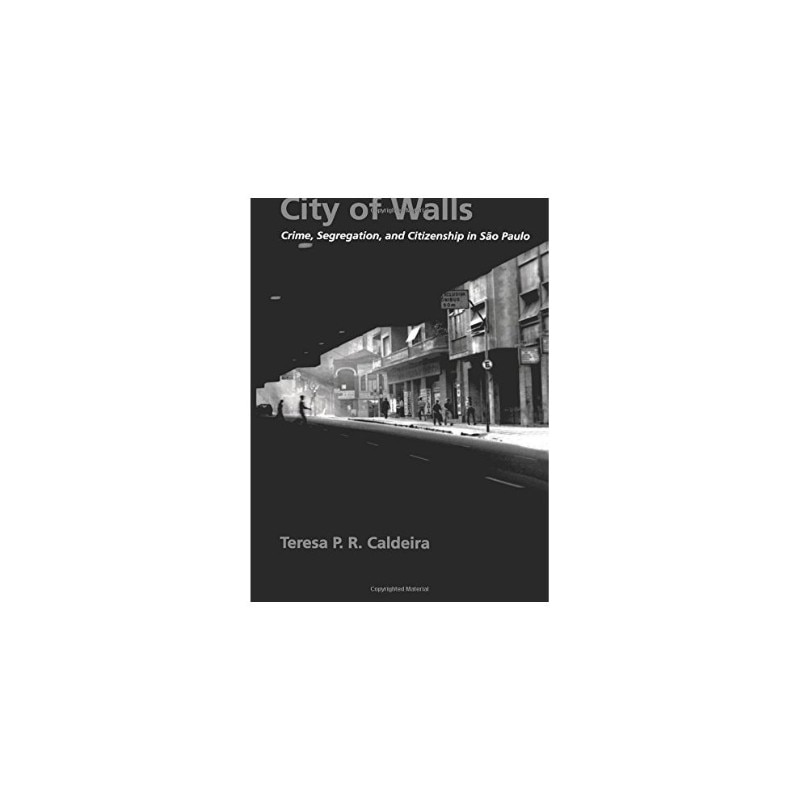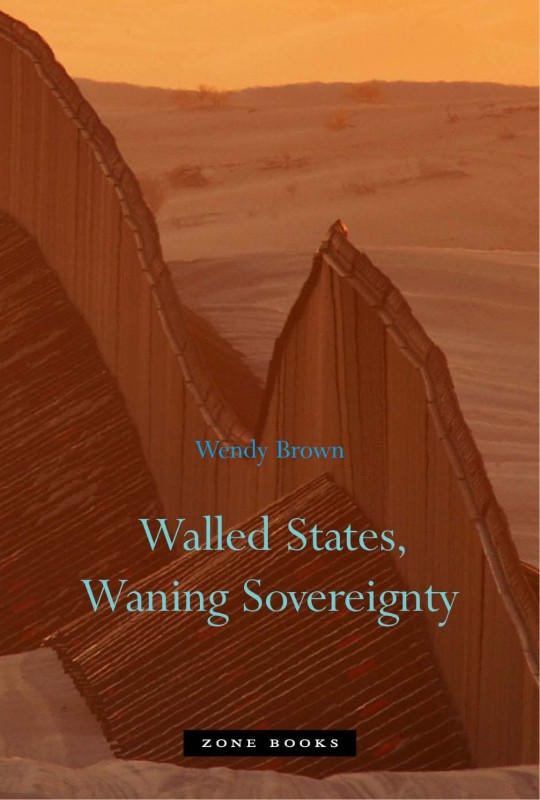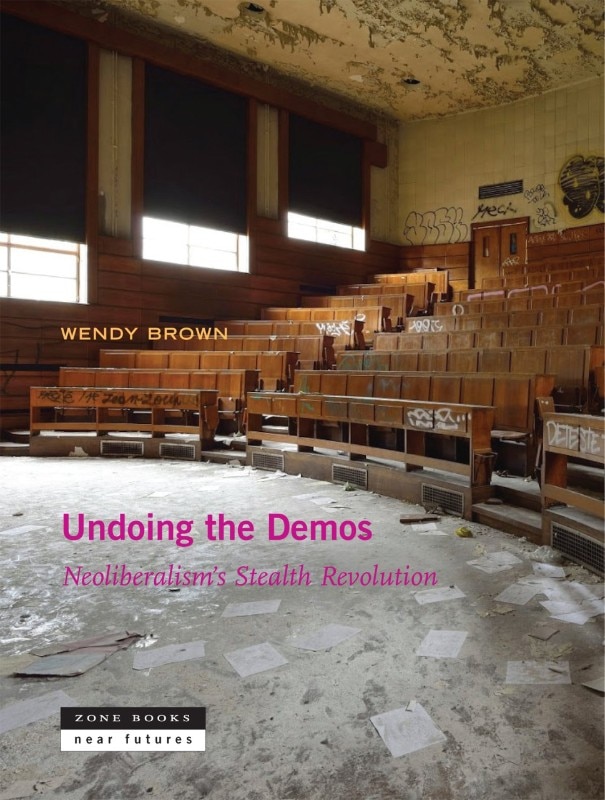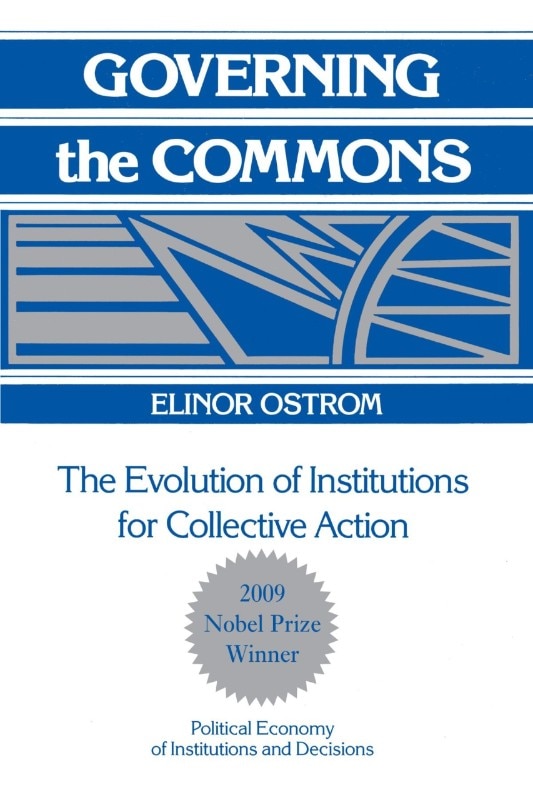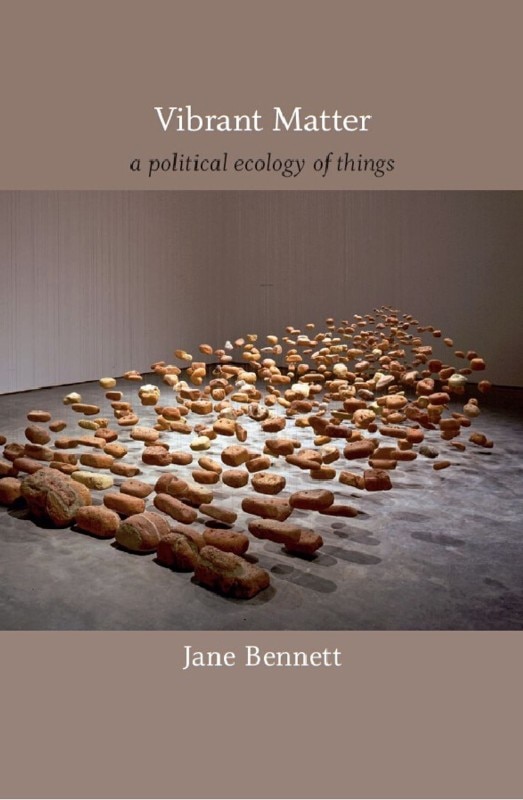This article was born as a response to the talk on Art and Architecture organized as part of the Biennale of Architecture in Pisa, last November 22, with speeches by eleven men and one woman. Too many events, juries, commissions, articles and course programs, in Italy and beyond, are characterized by an extremely limited female presence. In other words, they are still today places of exclusion, rather than inclusion.
Since a few decades, an important cultural discussion has been open about the necessity to question the notion of canon itself as one of the main tools or sites of exclusion and of reproduction of the millenary exclusion of women. But also, of ethical and geographical exclusion, of the non-Western, non-white voices.
This is why today, in the majority of gender-friendly syllabai we can find at least one section of readings aimed at giving voice to female authors. At least for one day a semester, each syllabus should open itself and make space for those voices, who have been traditionally pushed out of history. Recuperating these voices is, indeed, one of the main efforts that any critical thinking today has to do.
This explicit attempt to “recuperate,” discover, reclaim, expose, women voices, is still necessary and urgent today because we (women) are still far behind: we are still, in the majority of cases, inmates in one day, or in a few readings, in syllabai largely built on male voices.
These fundamental, or canonical texts, allow us to share a common ground, a background on which to build diverse, and individual discourses
Individual suitcases have to be different, everyone has to have her/his own obsessions and evolving – and always returning – research questions. Yet, there are authors and texts that everyone should know. These fundamental, or canonical texts, allow us to share a common ground, a background on which to build diverse, and individual discourses. They are partly specific to each discipline, but they are also and mainly specific of each age. They are the tools of a critical thinking: the instruments we need to dig and question the reality of our time.
Readings of university courses are clearly just a lens of a much wider, and often much darker, reality. To expose this enduring exclusion, and this second level acceptance, to claim space for women voices, affirming their essential contribution to contemporary critical thinking (and rewriting of modernity), I will hence list a tentative, uncompleted, and initial series of fundamental texts, voices of a Liberation Syllabus, possible entries for many different syllabai.
As a humanist scholar, grown up mainly on male literature in the most diverse fields – from ancient classic literature, to philosophy, science, politics, art, and architecture –, I am today happy to see my suitcase finally full of extraordinary powerful women’s words. This is for me a celebration, a party I want to share with as many women and men as possible. Because what these words build is a foundational structure of liberation. Most of them are, of course, very well known. Yet they should become even more, a shared and essential knowledge, opening everyone’s eyes on the huge violence of history, to go beyond it, and build a different, inclusive, and open world.
0. Rebecca Solnit
To set the stage, a recent book to think about the great exclusion: Rebecca Solnit, The Mother of All Questions: Further Feminisms (2017). As Solnit argues, “If libraries hold all the stories that have been told, there are ghost libraries of all the stories that have not. The ghosts outnumber the books by some unimaginably vast sum.” The history of human voice is an history of exclusion, repression, subjection. An history of enforced silence.
1. Donna J. Haraway
To undo the notion of objectivity, rejecting the idea of an universal, abstract, thought, realizing how every thought is always somebody's thought, an embodied thought... Donna J. Haraway, “Situated Knowledges: The Science Question in Feminism and the Privilege of Partial Perspective,” in Sandra Harding's The Science Question in Feminism (1986).
2. Judith Butler
To think further on the social and cultural production of bodies and identities, Judith Butler Gender Trouble: Feminism and the Subversion of Identity (1990).
3. Gayatri Spivak
And to dig on the possibility and difficulties of breaking the silence Gayatri Spivak, Can the subaltern speak? (1988).
4. Patricia Simons
To look back to a not so close but not too far past, searching for the place of women in the Renaissance, but also in even more foundational authors as Aristotle, Patricia Simons, “The Sex of Artists in Renaissance Italy,” in Medina Lasansky’s The Renaissance. Revised, Expanded, Unexpurgated (2014).
5. Zeynep Celik, Alice T. Friedman
To open a window on modernism's less known troubles, Zeynep Celik, “Le Corbusier, Orientalism, Colonialism,” in Assemblage 17 (Spring 1992). But also, the groundbreaking Alice T. Friedman, Women and the Making of the Modern House: A Social and Architectural History (1998).
(And here I want to pause, to specifically suggest the comparison between Friedman’s chapter about the design of Schröder House, Family Matter, and the equivalent chapter in Kenneth Frampton’s canonical Modern Architecture: a Critical History. It is an instructive, revealing comparison, about the way the modern architectural historiography has been crafted.)
6. bell hooks
Thinking through and claiming agency for domestic spaces, bell hooks, Yearning: race, gender, and cultural politics (1990), especially, “Homeplace: A Site of Resistance” and “Choosing the Margin as a Space of Radical Openness.”
7. Teresa Caldeira, Wendy Brown
To explore the expanding question of walls and borders, Teresa Caldeira, City of Walls: Crime, Segregation, and Citizenship in São Paulo (2000). And to expand the discussion on a political ground, Wendy Brown, Walled States, Waning Sovereignty (2010).
8. Wendy Brown, Undoing the Demo (2015)
To push further the question of democracy, the necessary Wendy Brown, Undoing the Demo (2015).
9. Elinor Ostrom
Many different voices, on the crucial notions of commons, commoning, and enclosures, from Elinor Ostrom, Governing the Commons (1990), to the multiple writings of Vandana Shiva, Naomi Klein, Laurent Berlant, and Silvia Federici.
10. Jane Bennett, Donna Haraway
Last but not least, to put in question the autonomous, enlightened, liberal subject, “relocating the human” and discovering how much in common we have with rocks and worms Jane Bennett's brilliant insights on assemblages, Vibrant Matter: A Political Ecology of Things (2010), to be read, of course, in necessary conversation with Donna Haraway, Staying with the Trouble: Making Kin in the Chtulucene (2016), (as well as the always foundational A Cyborg Manifesto: Science, Technology, and Socialist-Feminism in the Late Twentieth Century, 1985).
The question of women position in the history of thought is, indeed, just part of a much wider question, which is the question of the crisis of the Planet, and of the multiple forms of violence we live in. From this point of view, these readings are not just fundamentals for women’s liberation, but they are tools to think about being inhabitants of a common world.
Preview image: Donna Haraway in Ghost in the Shell 2 – Innocence, written and directed by Mamoru Oshii, 2004


